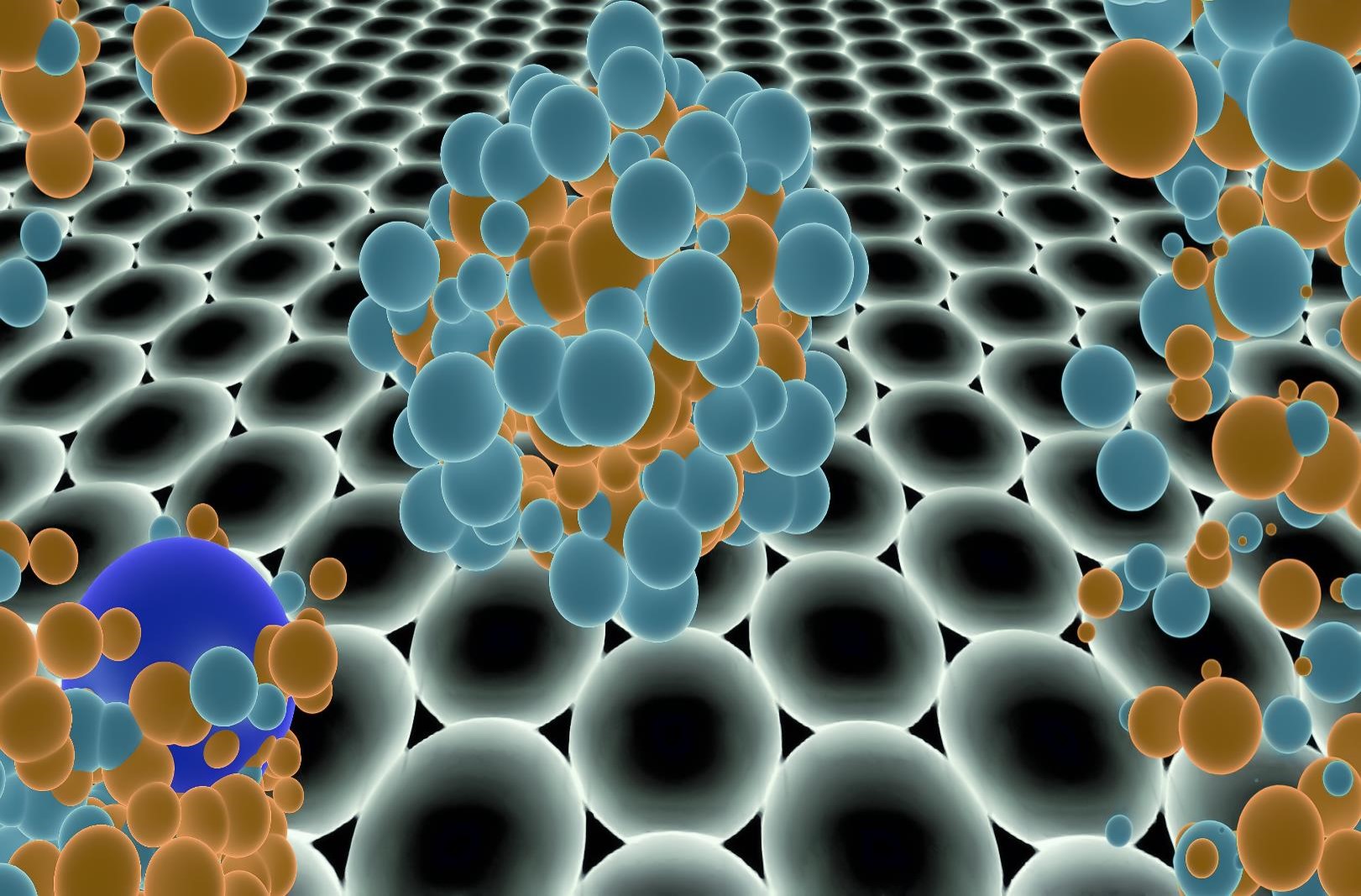Nano bio_Electronic and (soil) Nano _ microelectronics PhD sensors
Researcher and author: Dr. ( Afshin Rashid)
Note: Biosensors are very small nanometer-sized electrodes and cell dimensions that have become sensitive to the detection of chemical or biological species in biological cells by fixing certain enzymes on their surface .
Nanotechnology can help improve soil properties. Applications of nanotechnology in soil science include the use of nano-modifiers to improve crop productivity and soil aeration, the use of porous nano-solites for the smooth and effective release of nutrients in chemical fertilizers, and the use of nano-hydrogels to increase capacity. Water retention noted. In soil and reduce irrigation water consumption, use of nanoparticles to eliminate contaminants in soil and so on. However, high consumption of nanoparticles in the soil may poison soil microorganisms.
Undoubtedly, by using nanotechnology as an emerging advanced technology in the agricultural sector, desirable results can be achieved, including ensuring food security and the development of sustainable and environmentally friendly agriculture in developing countries. Soil is one of the main sources of agricultural production. Therefore, maintaining its health and fertility is very important for sustainable food production. The amount of nutrients and moisture in the soil should be optimal and the amount of contaminants in it should be minimized. In general, soil is a mixture of soil grains with a range of particle sizes. The smallest particles in nanoparticles are nanoparticles, which are usually between 1 and 100 nanometers and come in three different forms: nanoparticles, nanowires, nanotubes, and nanoparticles. Due to their small size, soil nanoparticles usually show a special and improved surface property and as a result can interact more actively with other soil particles and solutions.
Conclusion :
Nano-sensors, bio-electrode cell dimensions are very small in size in the nanometer and through consolidation of certain enzymes on their surface, to detect chemical or biological species used in biological cells are sensitive.
Researcher and author: Dr. ( Afshin Rashid)
PhD in Nano-Microelectronics




